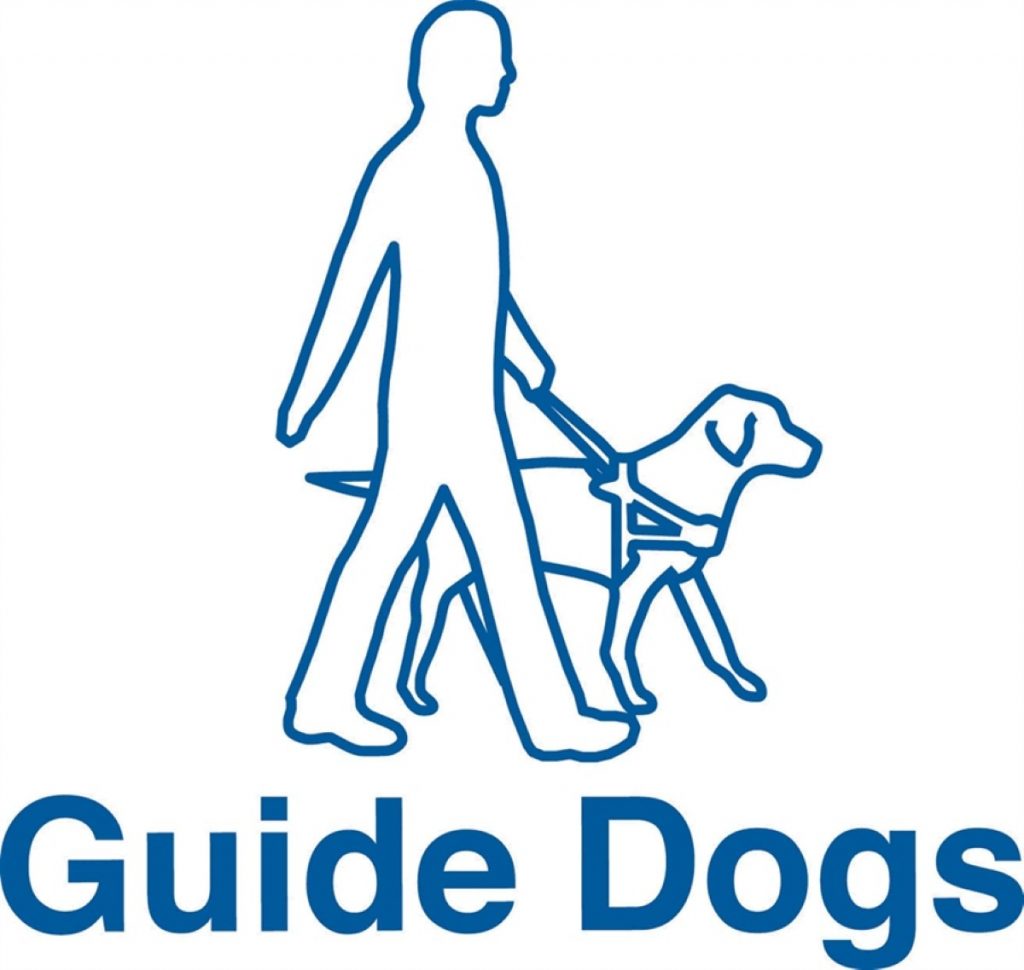Guide Dogs For The Blind – public servant talking buses
Public transport, particularly buses, plays a vital role in helping disabled people to become more independent. Many people, including the elderly, disabled and other vulnerable groups rely heavily on buses to support them in living more independent lives. However, the worry of not being sure if you have got on the right bus, where you are on your journey, or when your stop is coming up, puts many people off using them.
Bus information provision has been improved in recent years, particularly with the increasing number of upgraded bus services using Real Time Information Systems at bus stops. Unfortunately, most of the information provided is visual only. Without any accompanying audible information, the majority of blind and partially sighted people find it difficult to know what bus is coming along next, where it is going and when they need to get off the bus.
Guide Dogs’ research found that the lack of information on buses made blind and partially-sighted people dependent on the help of other passengers or the driver, and they often ended up feeling anxious, and vulnerable. This resulted in many giving up on using the bus altogether. Guide Dogs feels that no-one should be prevented from using public transport because of a lack of clear and accessible information.
The situation is different for trains, as most trains now have audio-visual information systems on board, along with regular announcements made at stations, making rail travel more user-friendly for everyone.
The Public Service Vehicle Accessibility Regulations (PSVAR), which cover scheduled bus and coach services, do not include audio-visual announcements as part of the mandatory requirements for buses to be fully accessible for disabled people. However, when the regulations were introduced in 2000, the accompanying guidance noted that audio-visual systems on buses were due to be trialled and that if they were successful and practical, then they should become a legal requirement.
Since the regulations were introduced, several bus companies have introduced audio-visual information systems. The most prominent example has been in London with the iBus system. By the end of 2009, the system covered all buses operating in London, providing both audible and visual information on board about the bus number, next stop and final destination. The system has encouraged more blind and partially sighted people in London to approach Guide Dogs and request mobility training for buses.
However, it is not just blind and partially sighted people who benefit from audio-visual information on buses. Transport for London have highlighted the benefits of the iBus system to tourists and other people unfamiliar with the city. Providing clear, timely and coherent information in this manner makes users feel reassured and more likely to use public transport, as they can feel confident that they know where they are going.
Current concerns about climate change have focused on the impact of transport on the environment. By encouraging more people to use public transport, the levels of carbon emissions will be reduced. While bus companies across the UK have been working to reduce bus emissions to help protect the environment, another way they could also do is to improve the customer experience on buses, such as using audio-visual information.
Guide Dogs is campaigning for a change in the PSVAR to make audio-visual information – including audible announcements of next stop and final destination – available on board every new bus and scheduled coach service in the UK. The charity hopes that its ‘Talking Buses’ campaign will convince politicians to bring about this change and enable blind and partially-sighted people to use buses with confidence, as well as improving the experience of bus travel for all passengers.
For more information please visit the Guide Dogs website.





-01.png)